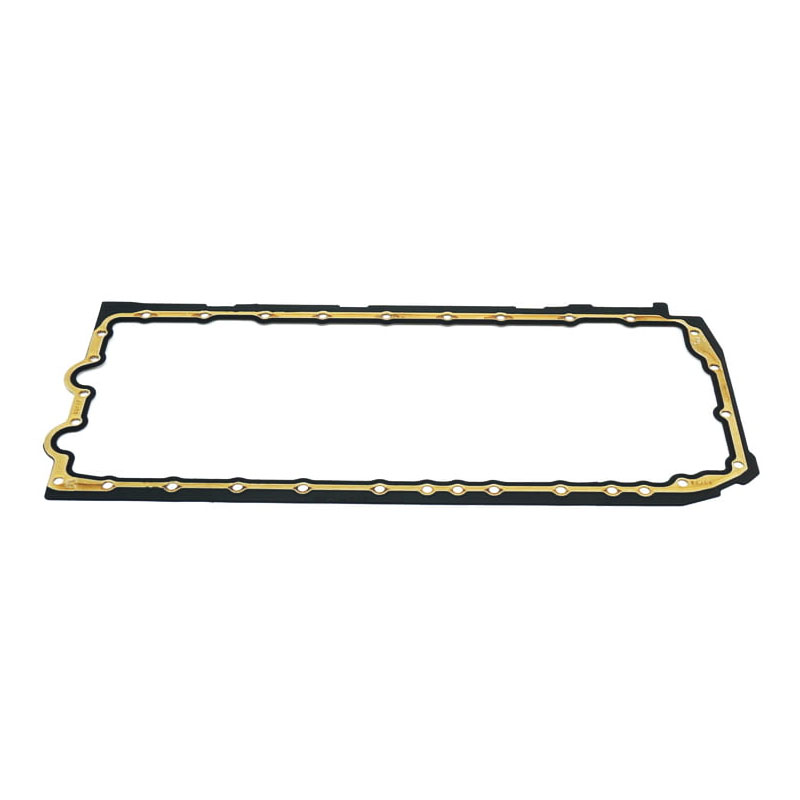Oil Pump Shaft Seal Replacement and Maintenance for Optimal Performance
Understanding the Importance of Oil Pump Shaft Seals in Automotive Applications
When it comes to the functionality and longevity of an engine, every component plays a critical role, and one often overlooked part is the oil pump shaft seal. This small but vital component is essential for maintaining the proper functioning of the oil pump and, by extension, the entire engine system. In this article, we will explore what oil pump shaft seals are, their importance, common issues, and maintenance tips to ensure optimal performance.
What is an Oil Pump Shaft Seal?
The oil pump shaft seal is a component designed to prevent oil from leaking out where the oil pump shaft exits the pump housing. It is typically made from durable materials such as rubber, silicone, or various synthetic compounds that can withstand high temperatures and pressures. The seal creates a tight barrier, allowing the oil to flow efficiently from the oil pump to the engine while keeping contaminants and dirt out of the oil system.
Importance of Oil Pump Shaft Seals
1. Preventing Oil Leaks The primary function of the oil pump shaft seal is to prevent leaks. Oil leaks not only diminish engine efficiency but can also lead to catastrophic engine damage if not addressed promptly. A leaking seal can result in a drop in oil levels, leading to inadequate lubrication of engine components, overheating, and increased wear.
2. Maintaining Pressure The oil pump is essential for building and maintaining oil pressure within the engine. An effective seal ensures that the oil remains pressurized as it circulates, promoting proper lubrication across various engine parts. This pressure is crucial for optimal engine performance, ensuring that all components receive adequate lubrication.
3. Enhancing Engine Lifespan With proper sealing and minimal leaks, an engine operates more effectively and with reduced risk of damage over time. A well-functioning oil pump shaft seal contributes to overall engine health, extending its lifespan and saving car owners from costly repairs or replacements.
Common Issues with Oil Pump Shaft Seals
Despite their importance, oil pump shaft seals can encounter several issues over time due to wear and tear, exposure to heat, and harsh operating conditions
. Some common problems include- Wear and Tear Constant contact with the rotating shaft can lead to deteriorated seals. Over time, this can cause cracks or gaps that permit oil to escape.
oil pump shaft seal

- Material Fatigue The materials used in seals can degrade due to prolonged exposure to oil and temperature fluctuations, leading to a loss of elasticity and functionality.
- Installation Errors If an oil pump shaft seal is not installed correctly, it may not create a proper seal, leading to leaks right from the start.
Maintenance Tips for Oil Pump Shaft Seals
Ensuring the longevity and effectiveness of the oil pump shaft seal involves some proactive measures
1. Regular Inspections Periodically check for signs of oil leaks or residue around the oil pump area. Early detection of issues can prevent more serious problems down the line.
2. Change Oil Regularly Maintaining clean oil and replacing it at recommended intervals can reduce the risk of seal degradation.
3. Monitor Operating Conditions Excessive heat or engine loads can place additional stress on seals. Ensure your engine operates within safe parameters to minimize wear.
4. Professional Replacement If you suspect a problem with the oil pump shaft seal, consult a professional mechanic for a replacement. Proper installation is critical to restoring the seal’s functionality.
Conclusion
The oil pump shaft seal may be a small component, but its importance in the overall functionality of an engine cannot be overstated. By preventing leaks, maintaining pressure, and enhancing the lifespan of the engine, this seal plays a vital role in vehicle maintenance. Regular inspections and prompt repairs can help ensure that your vehicle runs smoothly for years to come. Investing time in understanding and caring for your oil pump shaft seal is just as crucial as any other aspect of automotive care, contributing to both performance and reliability.
-
Understanding the Front Main Engine Seal: Purpose, Maintenance, and Installation
News Jul.29,2025
-
Understanding O-Rings and Seal Rings: Types, Applications, and Custom Solutions
News Jul.29,2025
-
Understanding Crankshaft Oil Seals: Rear Seals, Pulley Seals, and Their Role in Engine Integrity
News Jul.29,2025
-
The Importance of Front and Rear Crankshaft Seals in Engine Performance and Oil Management
News Jul.29,2025
-
Crank Oil Seals: Functions, Types, and Cost Considerations in Engine Maintenance
News Jul.29,2025
-
A Comprehensive Guide to O-Rings and Seals: Types, Materials, and Global Applications
News Jul.29,2025
-
Mastering Diesel and Performance Engine Maintenance: A Guide to Critical Oil Gaskets
News Jul.28,2025
Products categories















